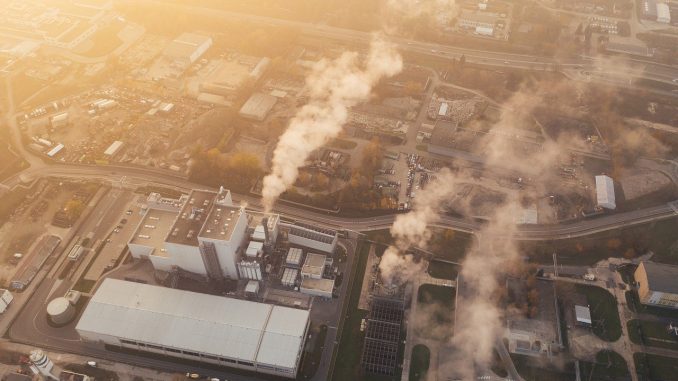
Globally, the trend has been clear throughout the 20th century: carbon dioxide emissions have increased.
Historical estimates of carbon dioxide emissions are of course uncertain and values for individual years, far back in time, should be interpreted with great caution. But this type of statistics also has strength because it describes really long-term development.
Our time can be compared to a time when the technological conditions were completely different. CDIAC, which has the best historical estimates, no longer updates its statistics and therefore statistics from the EDGAR parallel are also displayed.
The fact that carbon dioxide emissions have increased so sharply during the 20th century is due to the fact that fossil fuel combustion has increased in step with increased transport, increased production and a growing population. But from the early 1970s onwards,
Behind the turn are factors such as the oil crises, which pushed up world market prices for oil sharply, and increased use of biofuels that gained momentum during the 1980s and continued to expand thereafter. You can read more about the emission drivers here.
Another very important explanation for the trend break is the expansion of nuclear power, which began in the early 1970s. Together with hydropower, nuclear power generation has meant that the proportion of carbon dioxide-free electricity has increased significantly in some parts of the world.
The trend breach is also clearly visible when studying the industry’s share of carbon dioxide emissions. When emissions were greatest, during the late 1960s and early 1970s, the industry emitted twice as much carbon dioxide as it did in 1950. At the turn of the millennium, emissions had fallen sharply; they were then even smaller than they were in 1950. At the same time, the value-added – production – had more than fivefold between 1950 and 2005.
Leave a Reply